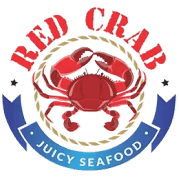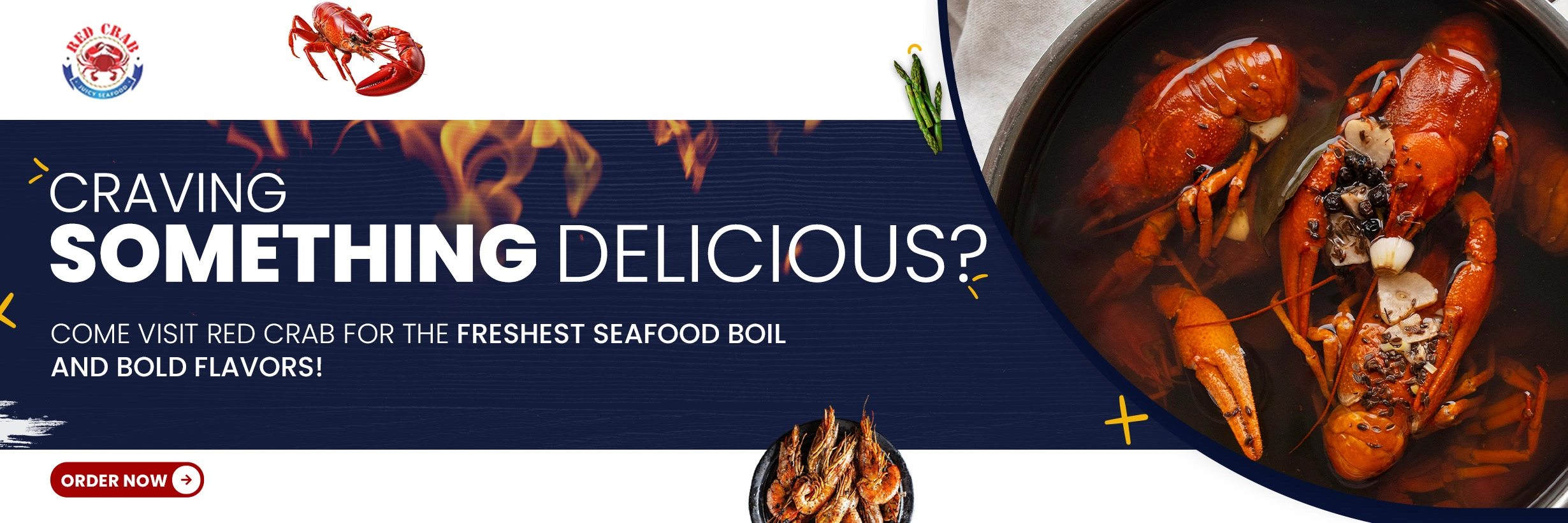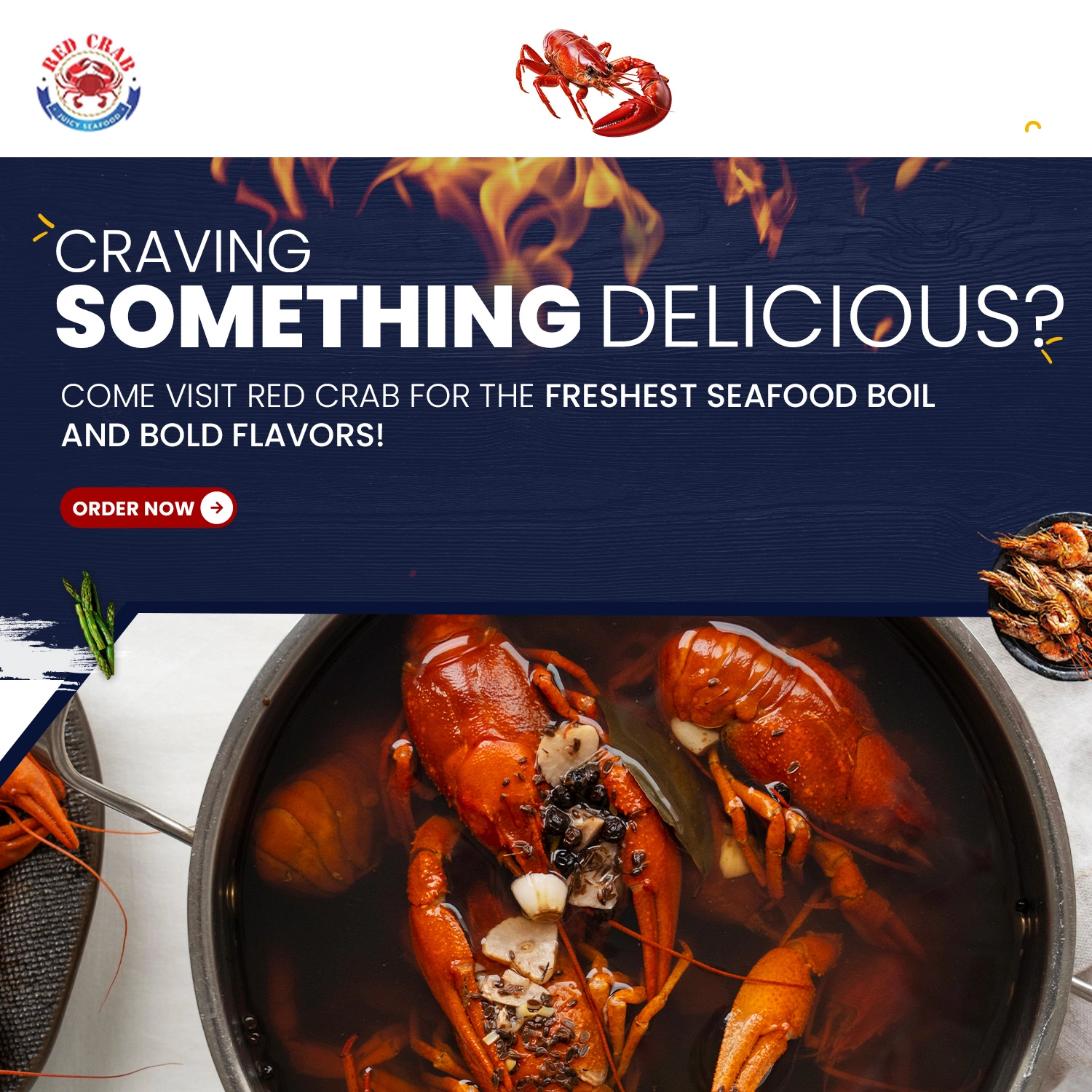Food for Profit: Marketing Your Food Product
Due to the food industry being so competitive, having a solid plan is crucial to success. Marketing your food product is about more than just having a high-quality product. It is also about knowing how to effectively present and sell it. Whether you’re a startup or a trusted name, knowing food product marketing is crucial for getting grip in the market.
Table of Contents
Food Product Marketing
Marketing your food product calls for a thorough understanding of what customers want. Marketing needs a strategy that makes you stand out from the competition. It has to display your special qualities. Marketing food products includes knowing your target market’s preferences, packaging, and branding.
In addition to being delicious, consumers want products that provide value or an experience. Moreover, marketing aids in focusing the qualities that make your product the best option.
Understanding your target audience’s choices enables you to tailor your marketing material accordingly. Is your target market gourmets or health-conscious? For instance, the best seafood restaurant uses smart food product marketing. This is to draw in seafood fans. They might emphasize sustainable sourcing or make use of colorful visuals.
It’s important to consider what makes your food product unique when creating a marketing strategy. Emphasizing some of the aspects or qualities of the food products increases their demand. For example, marketing a local specialty, healthful choice, or outstanding ingredient in your product. Marketing your food product attracts clients with unique selling features. Hence, this helps businesses stand out in a crowded market.
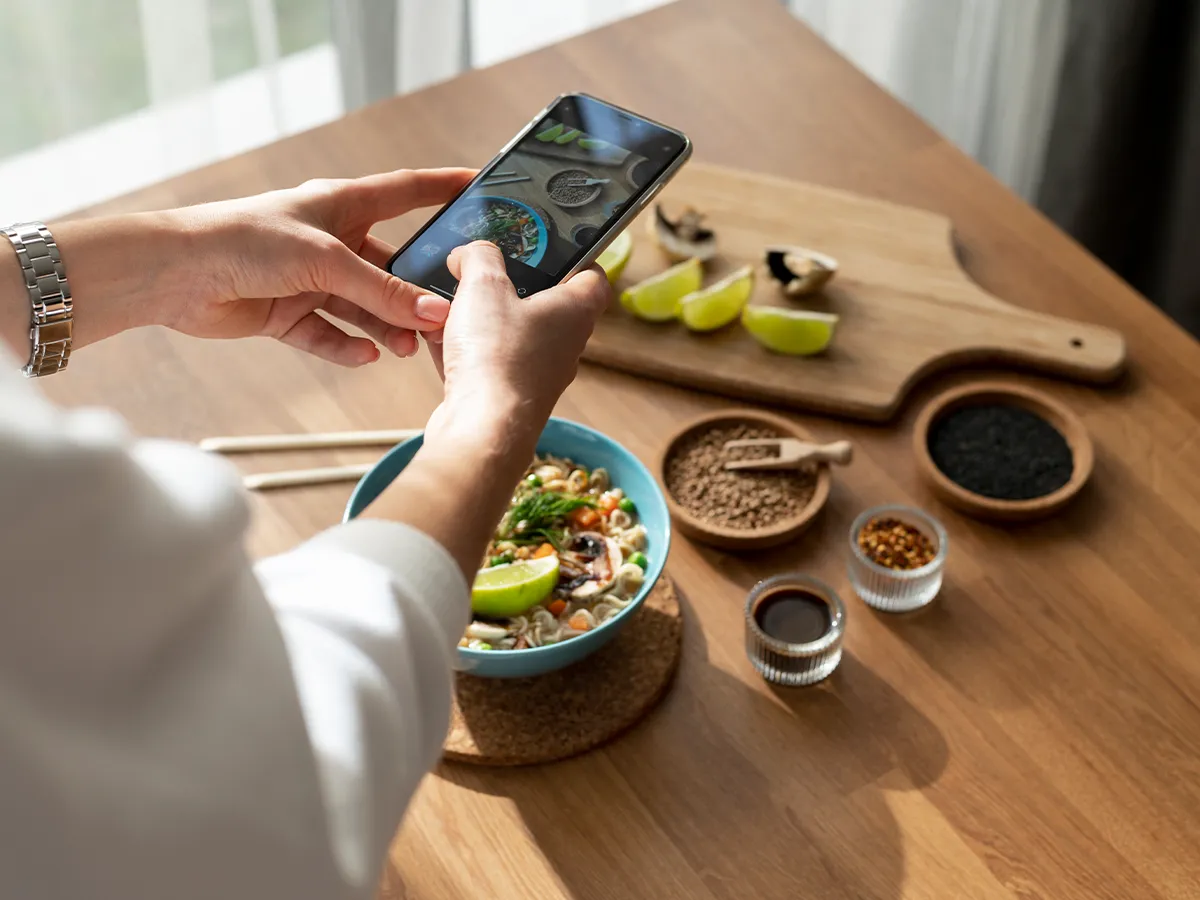
Food Product Marketing Strategies
Effective marketing strategies are crucial to boost food for profit. These strategies include understanding the product and pricing it correctly. Moreover, promoting it via appropriate channels is another great strategy. A food product marketing plan may involve direct marketing, social media, and in-store promotions.

For example, if you are advertising the best seafood restaurant, you could use social media to highlight your menu. Also, create eye-catching images to draw in more customers.
Another key tactic is to use customer feedback. Respond to what customers like and don’t like about your product. This will help you make changes and customize it to suit their needs. Many food product marketing strategies drive focus on meeting audience needs. They then provide what customers desire. For long-term growth and profitability, food product marketing strategies are deemed crucial.
Partnerships are another great tactic. Working with other local businesses, influencers, or food bloggers can help your product gain visibility. For example, collaborating with regional travel websites or guides can increase foot traffic to your eatery. These partnerships make a network effect. It also increases consumer loyalty and awareness. Thus, these are crucial parts of marketing your food product.
Food Product Marketing Plan
A successful food for profit demands a solid marketing plan. That’s why, firstly, choose the correct marketing channels. Then, define specific goals. Also, know your target market.
For example, knowing your target market is essential if you want to be the best seafood restaurant. Whether clients are tourists or locals, your ads should be specific to their particular tastes and preferences.
In this process, market research is crucial. You can strategically position your product by being aware of your competitors and market trends. Pricing strategies are another aspect of the food product marketing plan. By establishing competitive yet profitable prices, you can draw clients. This will maintain your lead. Also, to execute marketing your food product, think about giving specials or discounts. This will attract new customers and retain existing ones.
Don’t undervalue digital marketing when creating your food product marketing plan. Social media, email newsletters, and online advertising are all low-cost options. They will also reach a large number of people. For example, use excellent images in your posts to advertise your restaurant’s menu. This can create a powerful image and draw in customers.
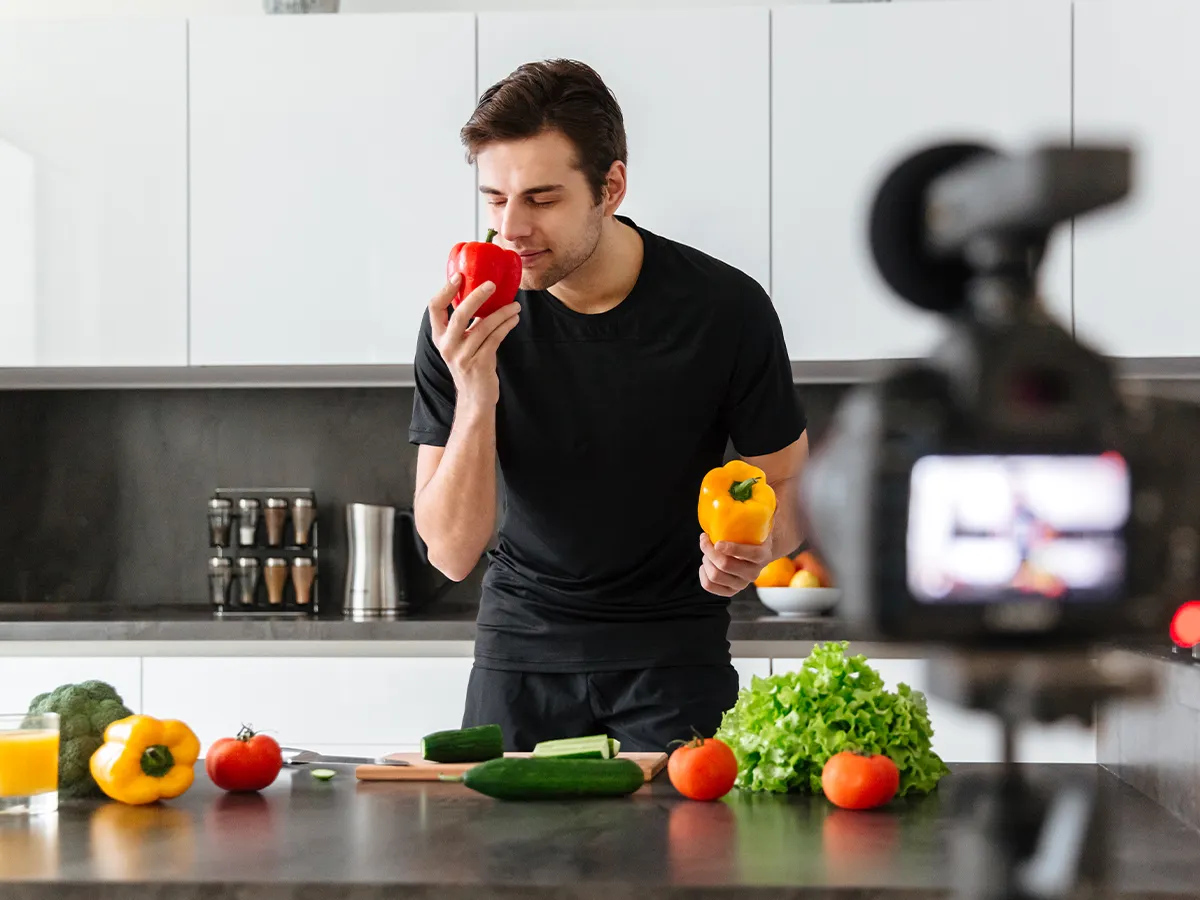
Building a Strong Brand Identity
Creating a strong brand identity is one of the first steps when marketing your food product. A brand identity is the personality of your product and goes beyond a name or logo. It includes your message to clients, your visual aesthetic, and the principles you uphold.
Consider what makes your product special in order to create a powerful brand. Does it contain ingredients of superior quality? Does it have a connection to a particular place or culture? Once you’re sure of what sets apart your product, make it the focus of your brand message. Make this message memorable, simple, and consistent. For instance, make “natural and healthy” the focal point of your organic product brand.
Having a distinct brand identity makes it easier for consumers. They will figure out your identity and offerings easily. People are more likely to choose your product over rivals because of its clarity. This also increases trust. A strong brand identity can be your most effective tool when marketing your food product.

Creating a Compelling Product Story
A good story sells in the food industry. Marketing your food product entails providing customers with a feeling that goes beyond the ingredients. A compelling product story could be about the process of developing the product. Also, the inspiration for it, or the values it represents. For example, if you’re marketing a family recipe, explain how it passed down through generations. Or, if your product uses ingredients from nearby farms, describe the farms. Consumers like to learn the backstory of the food they consume. Thus, this connection can help your product stand out.
A true story increases emotional appeal and trust. Customers are more likely to remember your product. They’ll feel a stronger connection to your brand as a result. This storytelling technique is crucial when marketing your food product. It is because it gives the consumer a meaningful experience with your product.
Packaging That Sells
When marketing your food product, packaging is crucial. Since customers see it first, it must be visually appealing. It should be informative, and reflect your company. Effective packaging protects the product and draws attention. It also conveys important information. Think about what your target audience will find appealing when creating packaging. If your target market is health-conscious, ensure the product’s packaging stresses any organic features. You may also add nutritional features. Use premium materials and elegant designs. This will project a sense of exclusivity if your product is high-end.
Packaging should be useful as well. Easy-to-pour sauce containers or re-sealable snack packaging are two examples of how to enhance the customer experience. A product is more likely to draw in repeat business if it is both aesthetically pleasing and easy to use. Marketing your food product requires both visual appeal and functional packaging to help it stand out on crowded shelves.

frequently asked questions
What is the first step in marketing my food product?
The first step in marketing your food product is to identify your target audience as well as know their needs and preferences. This will assist you in customizing your marketing strategies. In return, you will successfully connect and interact with your target audience.
How can I differentiate my food product in a competitive market?
To differentiate your food product in a competitive market, you can focus on unique selling points. Such as, special ingredients, sustainable sourcing methods, distinct flavors, or health benefits. Additionally, you can develop a compelling brand identity and narrative that appeals to your target market.
What are the best ways to promote a new food product on a budget?
Some of the best ways to promote a new food product on a budget include using social media marketing to interact with consumers. Collaborating with bloggers or influencers to spread the word about your product. Attending food fairs or farmers’ markets to reach a wider audience. Also, providing samples or discounts to entice trial and repeat purchase. Without investing a lot of money in traditional advertising, you can effectively promote your product. Just use customer reviews and word-of-mouth marketing.
Conclusion
In the food industry, marketing calls for a targeted and calculated approach. Marketing your food product is about getting the right message to the right people. It is not just about having a great product. Businesses can boost profitability by knowing food product marketing. Thus, this also brings on loyal clients. Then, developing a solid food product marketing strategy. Finally, comes implementing effective food product marketing tactics. Remember, an efficient marketing plan can make all the change!
